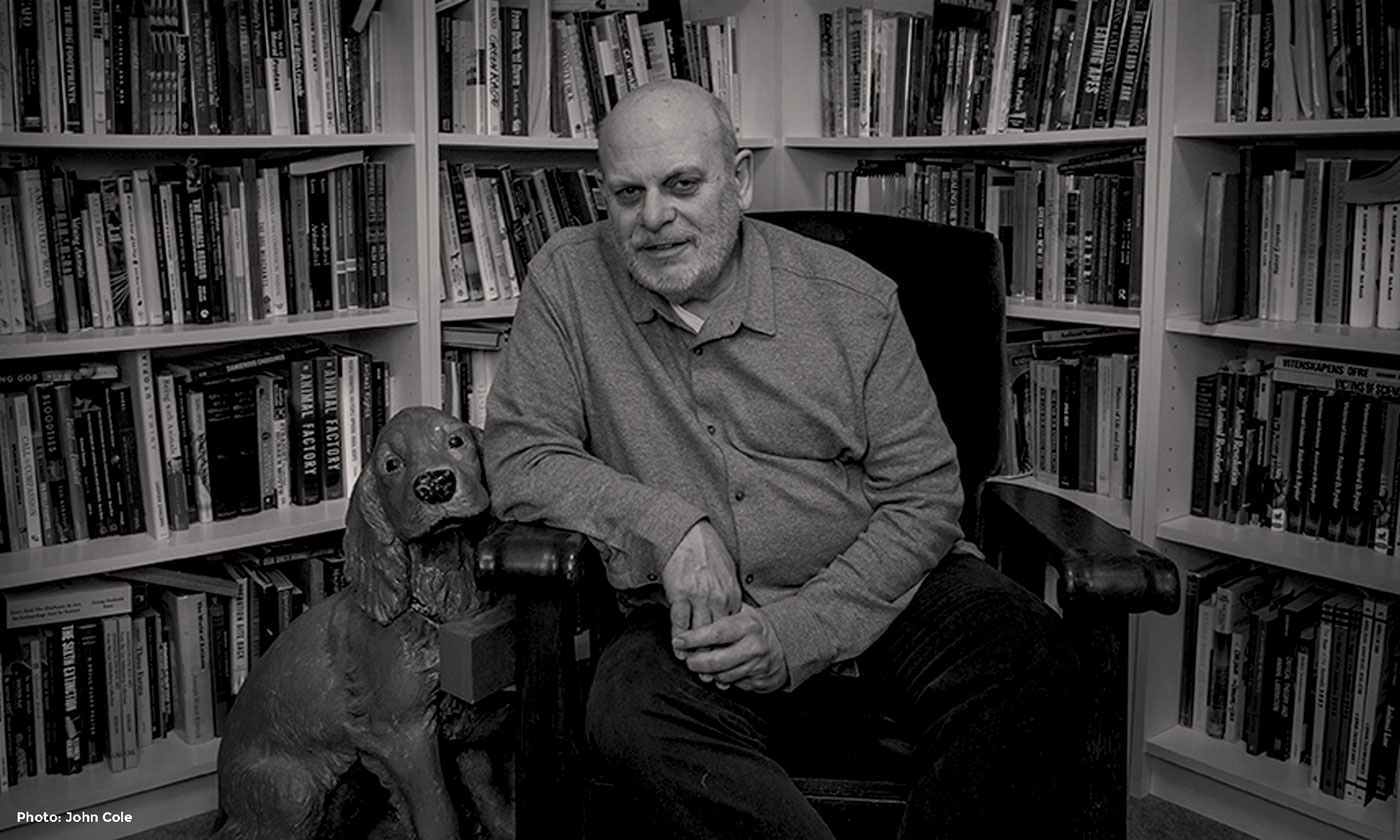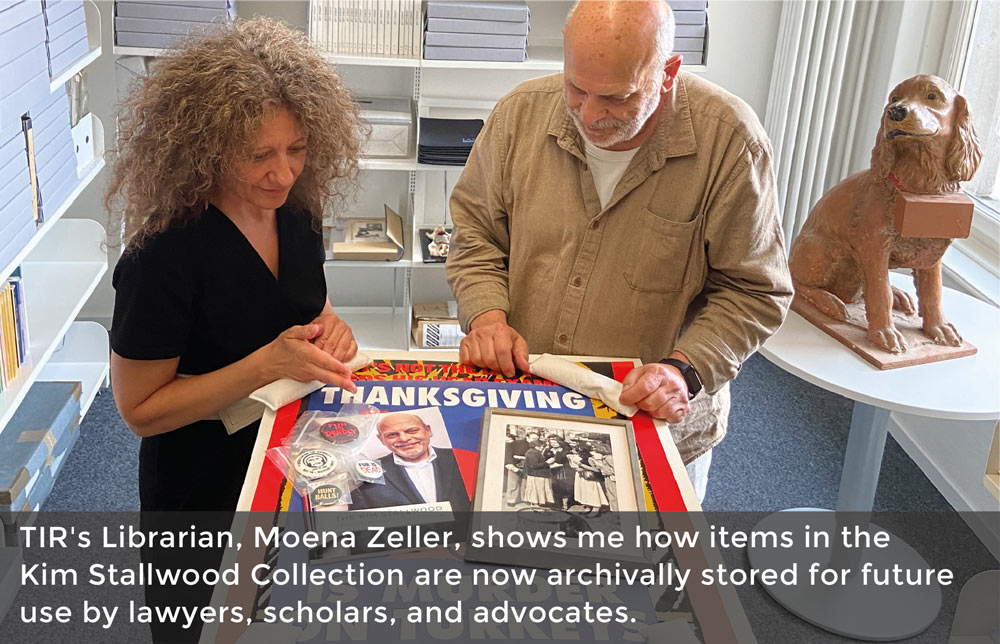

A Lifetime of Acquisition and Collection
From the time I gave up meat in 1974, I joined vegetarian and animal rights organisations and collected their newsletters, magazines, leaflets, videos, badges, posters, and display materials. I bought and read books. I built a library of files on my projects.
My collection grew and became a comprehensive and unique library and archive. The larger it grew, the more I understood it had a greater purpose. I intuitively knew that to be an effective campaigner I had to be organised.
My collection came to represent my life in animal rights—not only as a repository of knowledge and insight from which I draw for my animal rights work but also as a reminder that campaigns for animals started long before I became involved in the 1970s. I knew nothing about the people, organisations, and actions that came before me, but the more involved I became, the more I learned about them and their vital roles. The collection grew when I had the funds to buy historic items that were hitherto out of my reach.
Further, when I became the editor-in-chief of The Animals’ Agenda magazine, I sought to establish the office as an animal rights archive. Consequently, we acquired archives, including from the Animal Welfare Institute, and author Claire Necker’s library of more than 1,000 books about cats and an extensive collection of cat collectibles. When The Animals’ Agenda ceased publication, I negotiated with North Carolina State University the acquisition of everything we held to become part of their Tom Regan Animal Rights Archive.
In 2007 I returned to England after twenty years working in the United States. My library and archive were now so large that a shipping container was used to bring them across the Atlantic. I opened a new office in Hastings, East Sussex, installed the archive, and started work as an author, independent scholar, and consultant to various organisations in the United Kingdom, Europe, and the United States. I resumed my long-term project to write the biography of Topsy, the female Asian elephant electrocuted to death on Coney Island, New York, in 1903.
In 2020, research materials in my collection became the Kim Stallwood Archive at The British Library. The remainder was acquired by the Swiss-based animal law organisation Tier im Recht in Zurich as the Kim Stallwood Collection.
I wanted to take this opportunity to thank you personally for all of the hard work you have put forth towards helping us build the Tom Regan Animal Rights Archive here at the North Carolina State University Libraries. Your pivotal role in helping NCSU obtain the records of the Animal Rights Network was a key part in generating the momentum we needed as we sought to expand our animal rights collections.
We are equally grateful that you have brought other collections to our attention, such as the Animal Rights/Welfare Pamphlet Collection that we recently acquired.
Greg Raschke
NCSU’s Associate Director for Collections and Scholarly Communication
Topsy The Elephant
A Biography of an Elephant
Kim is writing the biography of Topsy, the female Asian elephant who was electrocuted to death on Coney Island, New York in 1903. The narrative is written from various sources, from fiction to contemporary science, to tell the story of an individual animal’s life and the larger view of the plight of her kind, and animals generally.
The Topsy Project
The Life and Death of an Elephant
The Topsy Project is an art-based initiative dedicated to challenging her life story—currently told as a villain who killed people—to replace it with her true story, as a victim who had to defend herself from a lifetime of abuse.
The Kim Stallwood Archive
The British Library, London
In 2020 The British Library in London established the Kim Stallwood Archive, an extensive collection of 800 organisation, people, and subject files, including correspondence, manuscripts, meeting notes, and press cuttings chronicling his involvement with the international Animal Rights Movement dating from the mid-1970s onwards as part of their modern history archive.
The Kim Stallwood Collection
Tier im Recht, Switzerland
The Swiss-based animal law foundation, Tier im Recht, acquired the Kim Stallwood Collection in 2021. The publications, audio-visual materials, artefacts, posters, and much more became part of TIR’s extensive and professionally managed library and archive. Kim’s library of more than 2,000 books is scheduled to also go to TIR’s offices in Zurich.

















